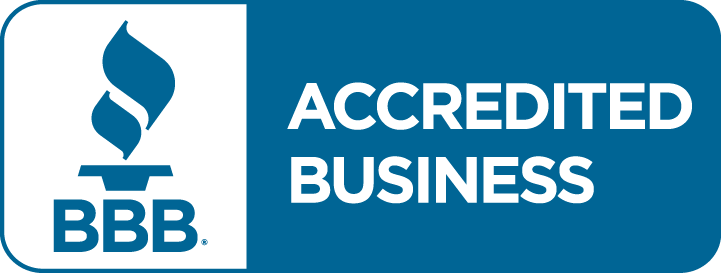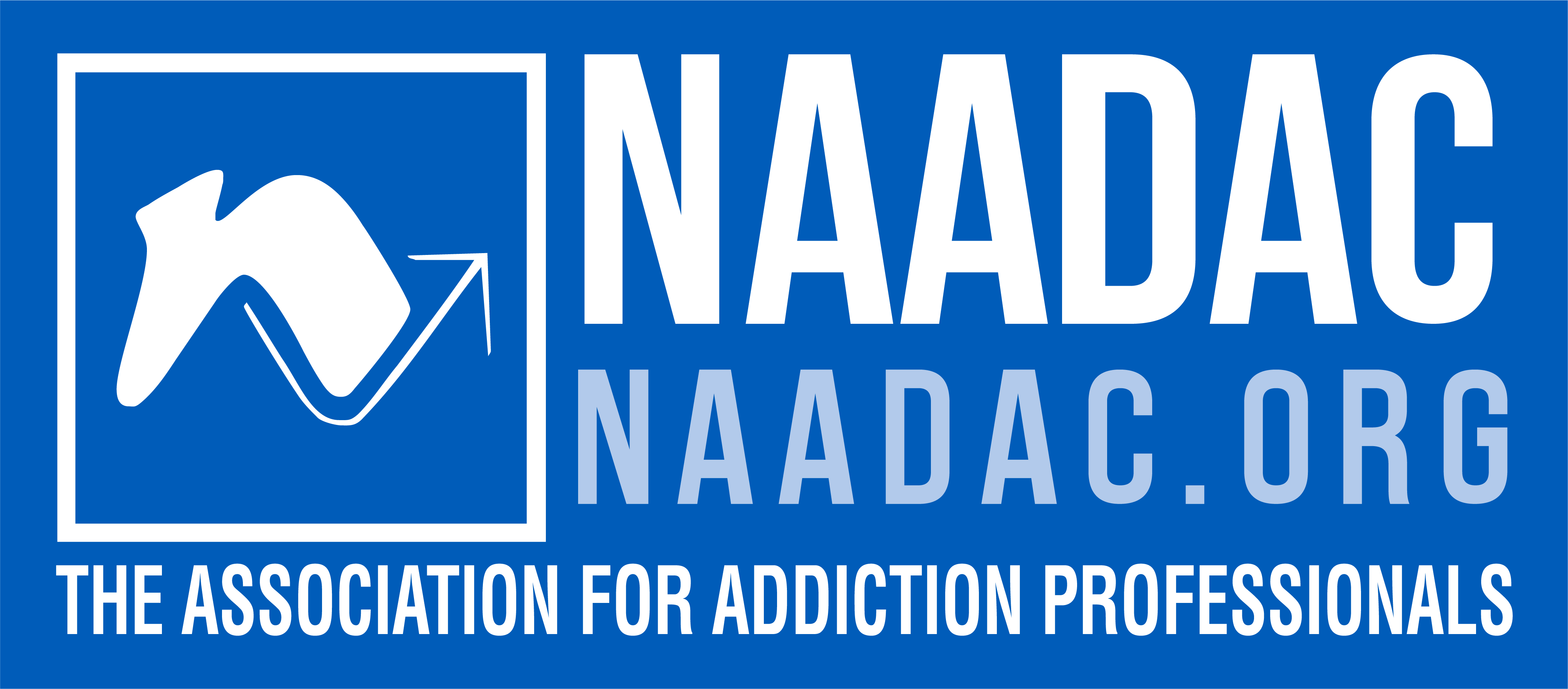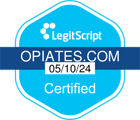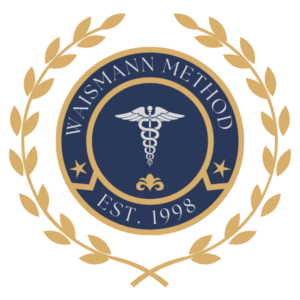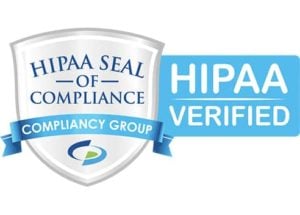Check with your doctor immediately if any of the following side effects occur while taking Naltrexone:
For example, common naltrexone side effects are:
- abdominal cramping (mild to moderate)
- anxiety
- restlessness
- trouble sleeping
- headache
- muscle pain
- nausea or vomiting
- tiredness
Less Common Side Effects:
- chills
- constipation
- cough
- hoarseness or a sore throat
- sinus problems
- runny nose
- diarrhea
- dizziness
- rapid heartbeat
- unusual thirst
- loss of appetite
- sexual issues in males
Discuss the risks and benefits of Naltrexone treatment with your doctor. Consider stopping using this medication and tell your doctor right away if you develop severe naltrexone side effects. These symptoms may include persistent nausea/vomiting, abdominal pain, dark urine, and yellowing of eyes or skin, and these signs could indicate rare liver issues.
Allergic reaction to this drug is rare; however, if you notice any symptoms such as a rash, itching or swelling (especially the face/tongue/throat), dizziness, trouble breathing, and getting emergency medical help right away.
The information above is NOT a complete list of possible risks and side effects and should NOT be used for medical decisions. contact your doctor or pharmacist if you notice any other symptoms that are not listed above, or would like additional information.





